$12 Billion Story A Golf Game That Turned Everything Around For General Electric
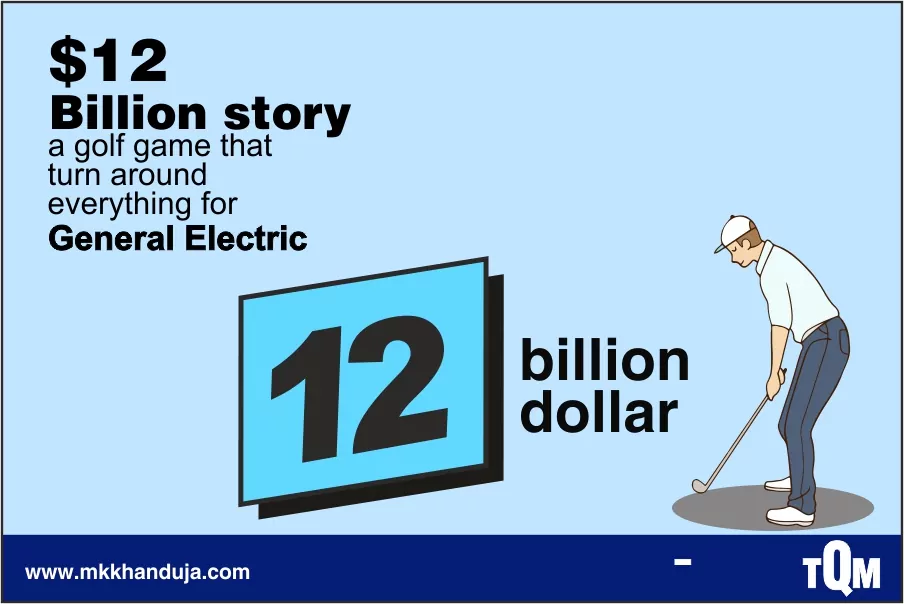
It all began in 1995 when Jack Welch decided to overhaul General Electric by implementing strategies to eliminate waste and reduce defects throughout the company. By that time, Motorola was already hitting the news for huge cost-savings through Six Sigma, which interested Jack Welch a lot. He learned the strategy and launched Six Sigma at General Electric in 1996. With that, GE became the first company to implement Six Sigma to improve the entire business system.
From 1996 to 98, GE recorded $750 million in savings through the Six Sigma program. Over the 5 years, GE hit the total savings of $12 billion (equivalent to the combined GDP of Maldives & Tajikistan).
Rumors are that during a gold game Jack Welch (CEO of GE) bet his friend Larry Bossidy (CEO of Allied Signal, now Honeywell) that he can implement Six Sigma way better and more successfully in GE than Larry could at Allied.
There is a famous quote from Welch when he once said that "I understand Six Sigma is a company whose management understands that variation is evil, that serving customers with what they want, when they want it, is, in fact, the winning game."
Can Six Sigma be a game-changer for any organization?
Undoubtedly Six Sigma can bring in a lot of changes for an organization with continuous improvement, boosting employee's motivation, power-packed revenues, and zero defects. The secret of Six Sigma lies in a disciplined and data-driven approach that helps an organization make decisions based on facts and figures of relevant data.
The Six Sigma methodology focuses on high hanging fruits, which are nothing but complex problems or critical pain areas. The concept addresses the chronic problems which otherwise would last for a longer duration. Once these chronic problems or critical pain eliminates, it helps in improving customer satisfaction. Six Sigma is altogether a different way to solve or address the problem, and with that, it allows an organization to change its work culture to make it more productive and efficient.
Six Sigma eliminates variation, which leads to 99.9997% quality
TQM Six Sigma methodology targets lower variation in a process. It merely means that the higher the Sigma level, the lower the amount of variation in the process. In contrast, a higher amount of variation or a low Sigma level means producing higher defective products, which will lead to unsatisfied customers. We must say that 6 Sigma (99.9997% acceptability) method forces organizations to pursue perfection and considers 99% acceptability (3.8 Sigma level) as not good enough.
The time has come for companies working at 2-3 Sigma to re-strategize themselves and take a step towards adopting TQM Six Sigma methodology. Otherwise, the consequences and losses will be unbearable.

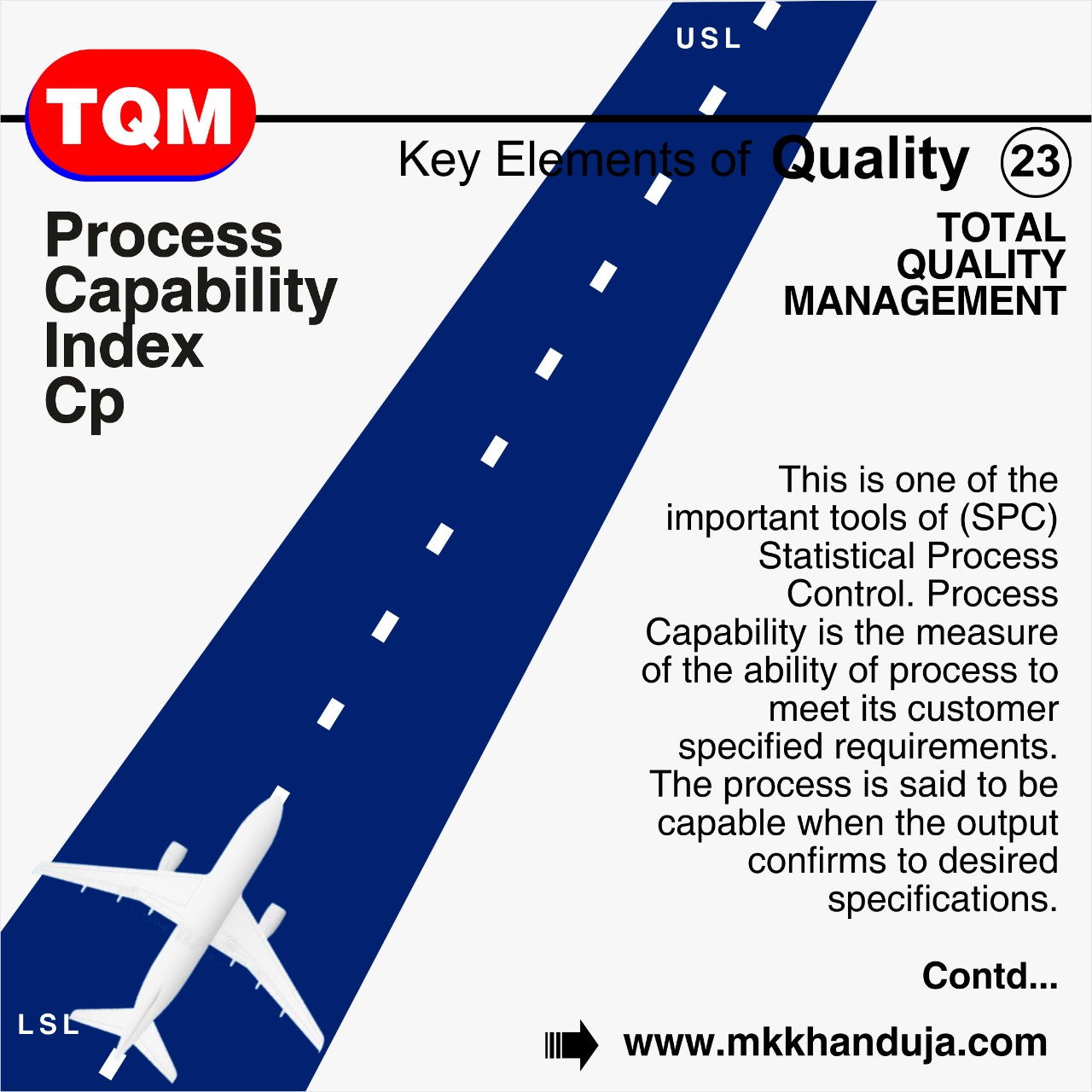
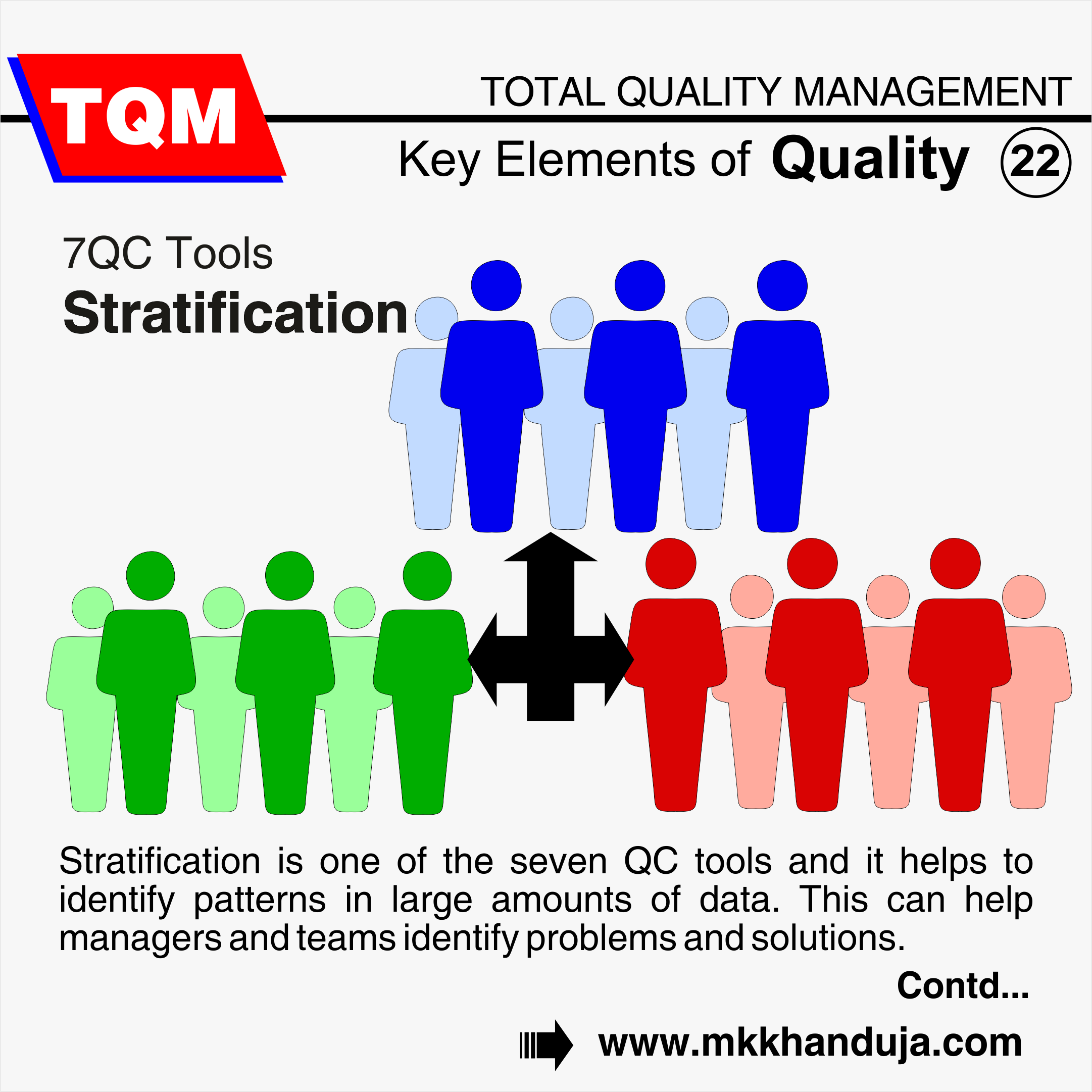
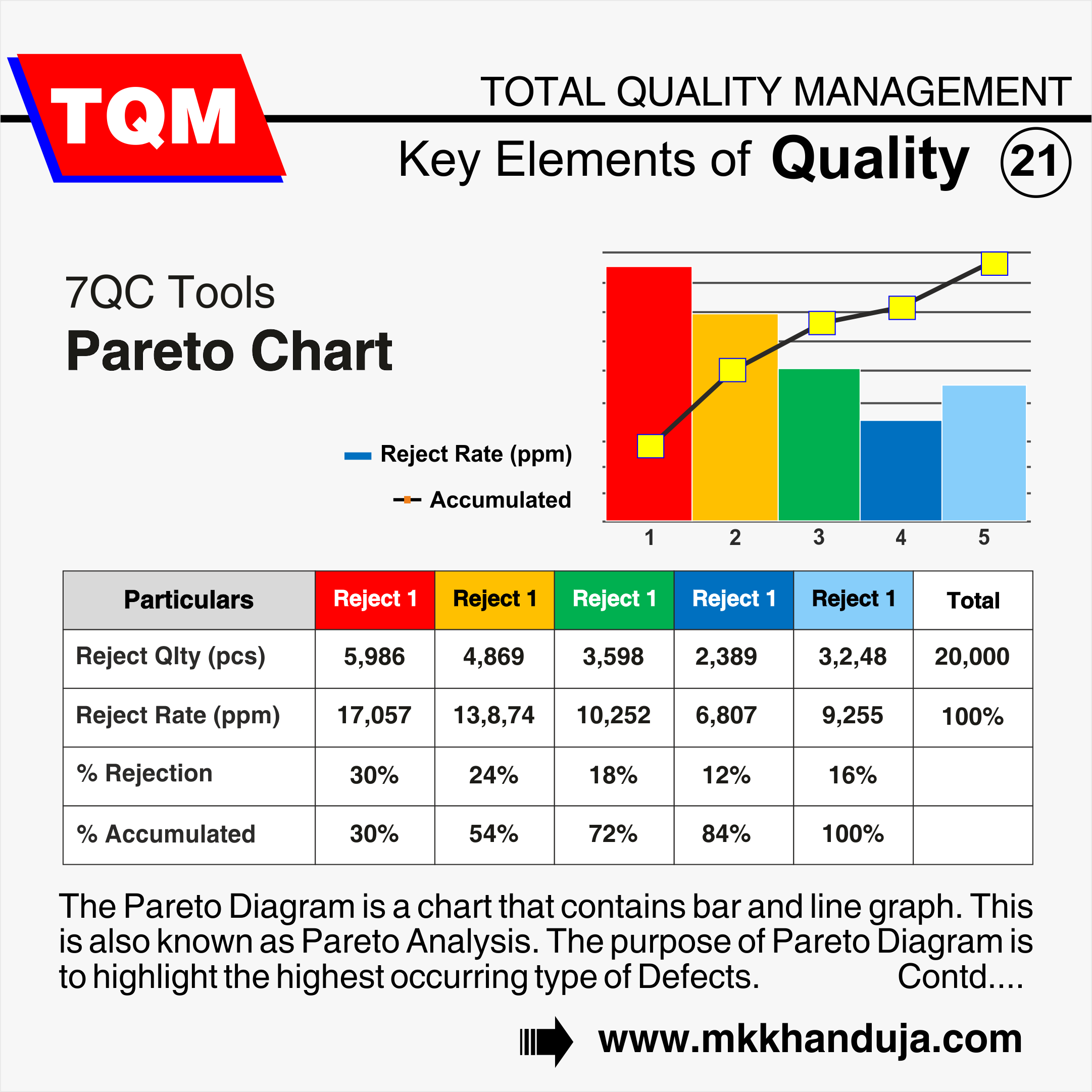
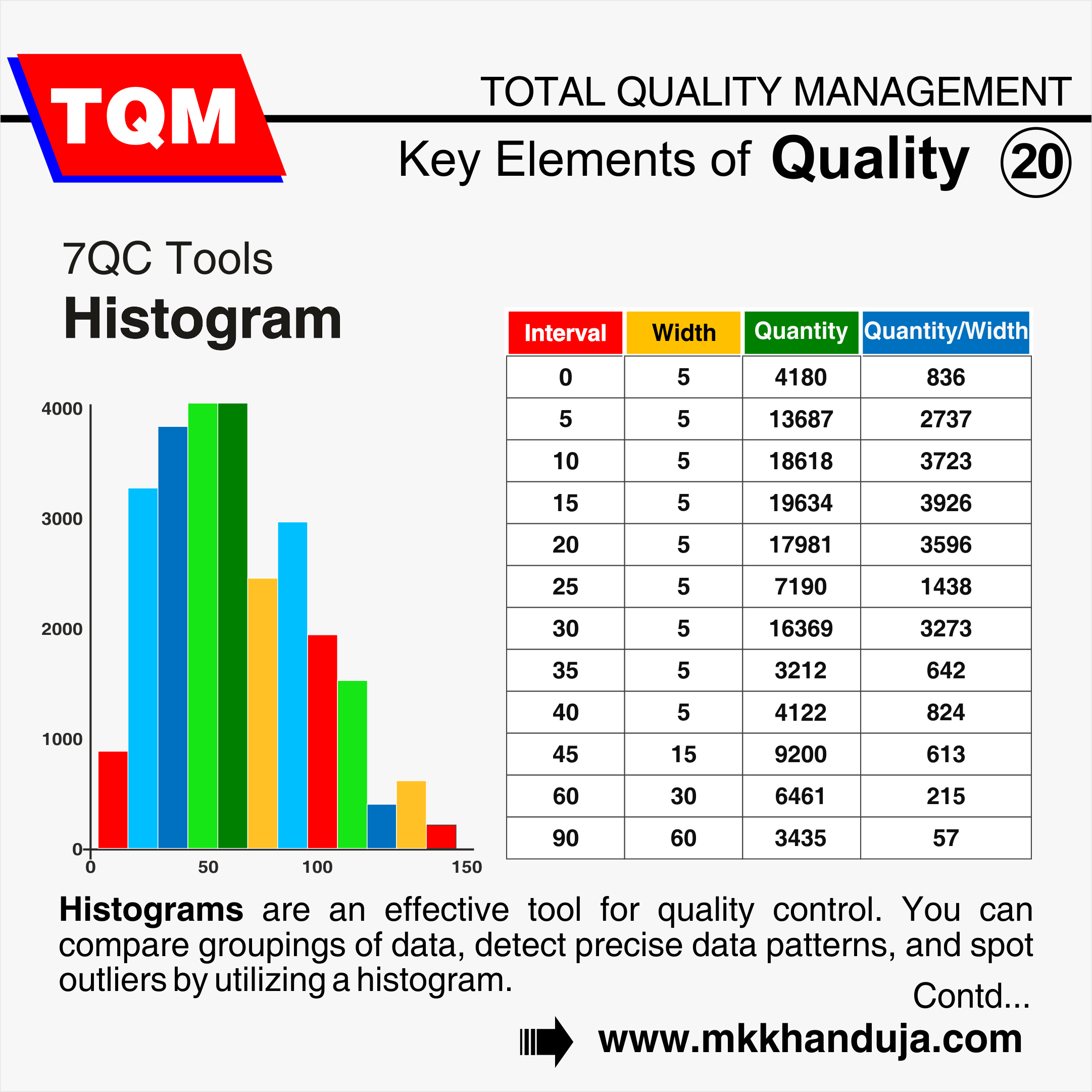
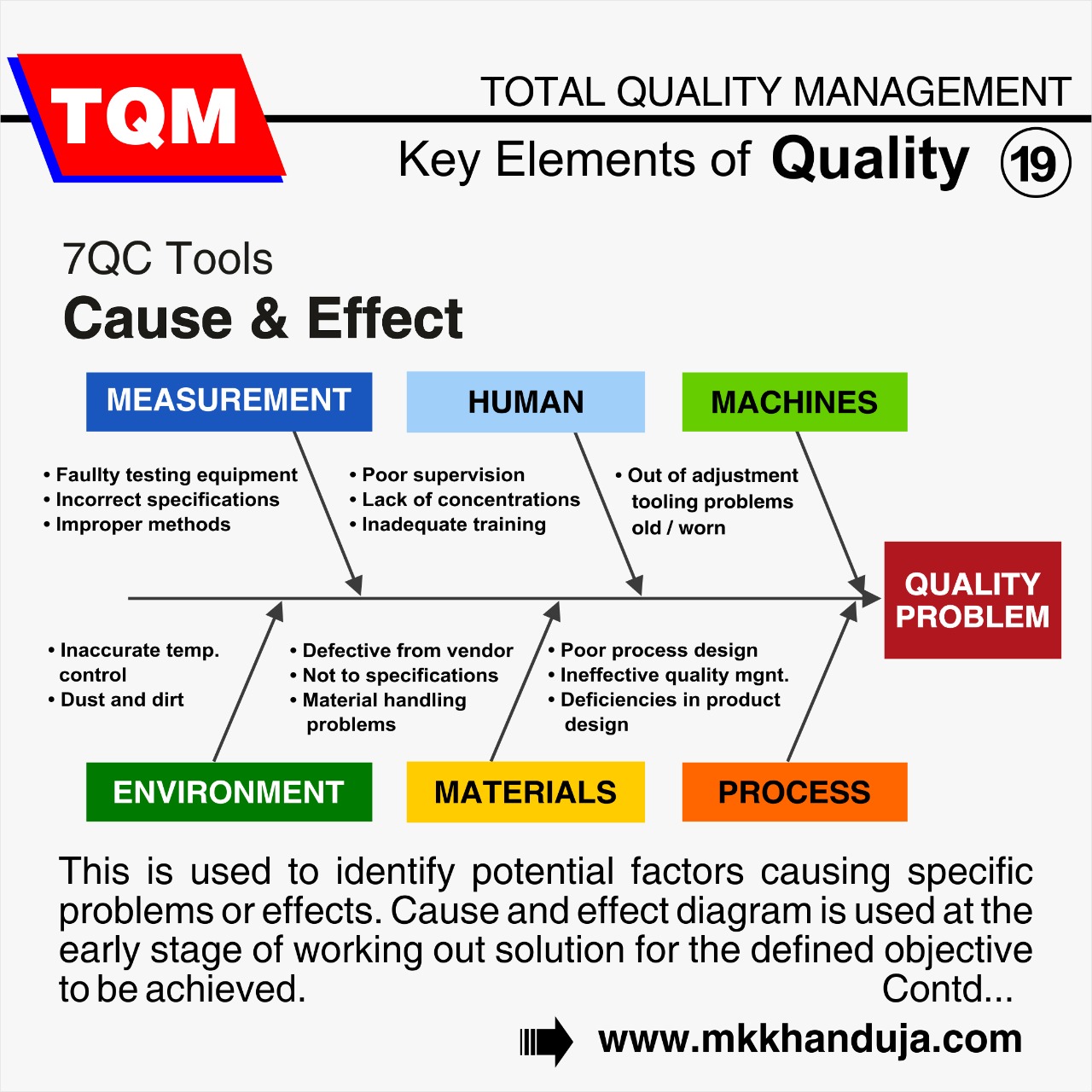
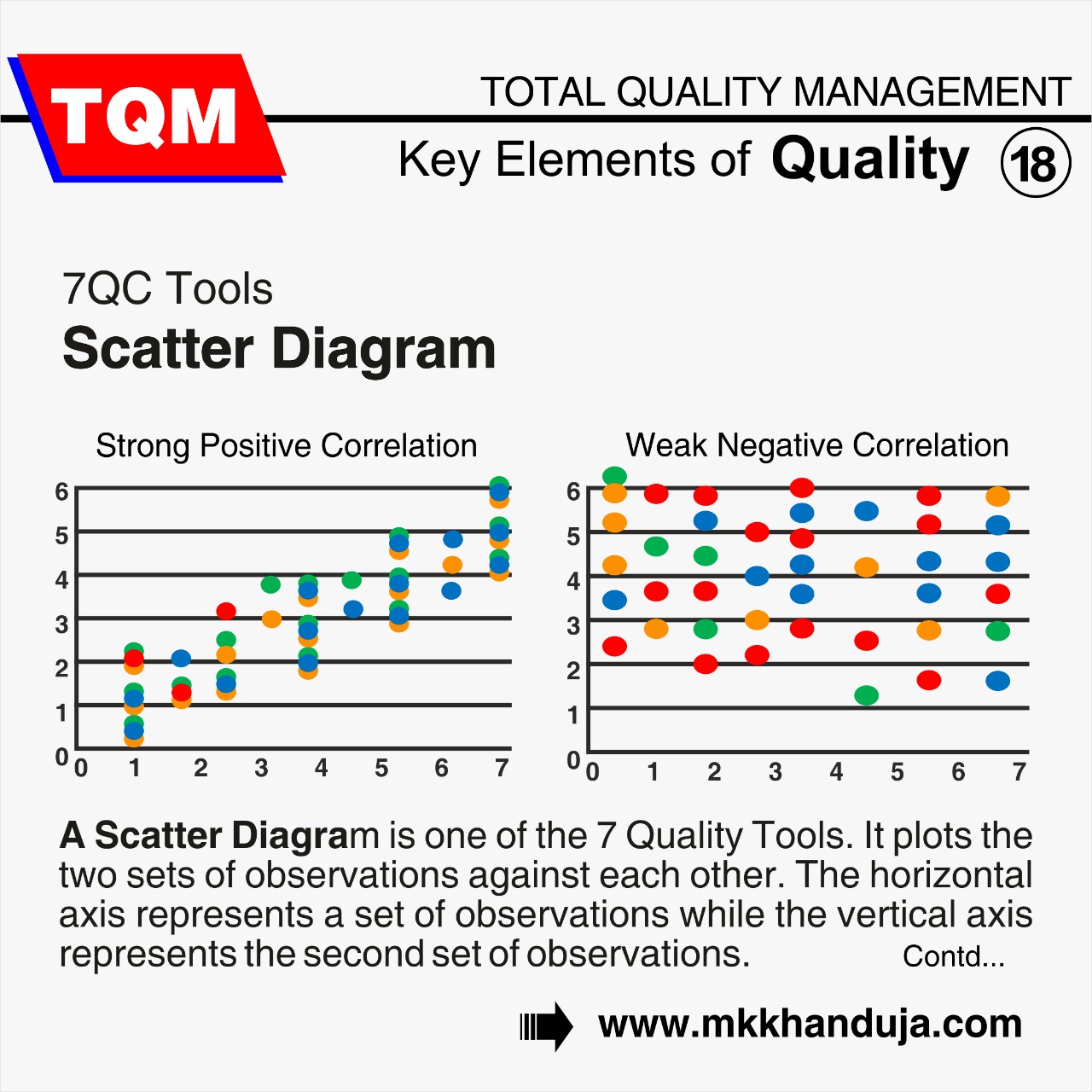
Comments